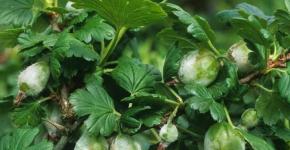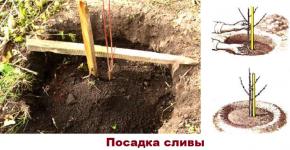Canadian spruce Konica: planting and care
The decorative Konika is unusually beautiful - a dwarf form of Canadian gray spruce. It was her attractive appearance that opened the door to the world of gardening for this little beauty, where she was joyfully and unconditionally accepted. Today, this mini-Christmas tree adorns the most different corners of the Earth.
It grows well in the middle zone of our country. Being winter hardy, Canadian Konika spruce can grow wherever ordinary spruces grow. A small growth turned out to be a great advantage, allowing the tree to settle even in a small area.
Description of Canadian spruce Konik
Konika is a decorative form. Under favorable conditions, the height can be up to 3 m, but more often it grows up to 1 m.
The crown is narrow-cone-shaped, dense. The needles are bluish-green, soft, thin and short. The root system of Koniki is represented by a compact, weakly expressed tap root. The predominant part of the roots is located close enough to the soil surface, so loosening should be careful.
This tree grows very slowly - only 3-4 cm per year. But some specimens can still add up to 10 cm in height per year. At the age of five, the height of the Christmas tree reaches only 20 cm, but already at this age it differs in decorativeness from the same-aged seedlings of common spruce. By the age of 10, the Christmas tree grows up to 80 cm. Good growth persists up to 10-15 years, when the plant height is about 1 m. Later, the growth rate decreases and is only 2-3 cm per year. This growth will continue into old age. By the age of 20, the height is 150 cm, the crown in diameter at the base is about a meter.
Spruce Canadian Konica Maygold (Maygold) - a variety of gray spruce, which is characterized by yellow growths. In other characteristics, the variety is similar to Konika and Daisy White.
How to Care for a Canadian Konik Spruce
This spruce variety is convenient in that its care is minimal. Konika does not need crown care - it does not need pruning. Natural soil fertility and natural rainfall are quite sufficient. But if the Canadian spruce Konik grows on the site, care for it, albeit minimal, should still be. This will only enhance its decorative properties.
In case of excessive drought, irrigation through the crown is useful. After 1-2 days after this, it is advisable to loosen the soil under the tree shallowly. With the advent of summer, you need to feed the spruce. To do this, you can add 5 kg of rotted organic matter to the root zone and mix it with the soil. With the advent of October, it is recommended to mulch with a layer of peat compost 5 cm thick.
So the plant will overwinter better. In early spring, the mulch is embedded in the soil. To prevent spring browning (burning in the sun), Christmas trees should be wrapped with burlap or some other material that will protect from the sun without disturbing ventilation.
Spring browning of needles is not a disease. This is just a reaction of the plant to spring solar activity against the background of frozen soil. In other words, the seasonal vegetation begins at the tree, and the soil that has not melted is not yet able to provide the roots with the necessary nutrition, so the needles begin to turn brown. But at the beginning of the movement of juice and with sufficiency in nutrition, the color of the needles tends to recover.
Planting a Canadian Spruce Konik
Canadian spruce can be transplanted throughout the growing season. The horse, landing of which is not so difficult, still requires compliance with certain requirements. So, at the beginning of spring and in the autumn, a transplant with an open root system is optimal.
In the summer, it is recommended to transfer the plant on its roots with a clod of earth. It is best to do this on a cloudy day. Within 2 weeks after planting, the Christmas tree needs protection from direct sunlight and maintaining the soil at an optimal level of moisture. The transplant is better tolerated at a young age.
Application of Konika
Spruce Canadian Сonica is very popular in the landscape design environment. She is good both in a single performance on the lawn and in a group. Due to its slow growth, it is practically not used in flower beds, but when it reaches a certain height, the tree looks great in mixborders.
Spruce Canadian dwarf Konika is spectacular in a variety of compositions. It can often be found in a container on the roof ("green" roof), terraces, near houses, when decorating gardens. The decorative form is good in large rock gardens. It looks great in the background of flower arrangements, and also blends in harmoniously with the rest of the conifers of low stature. Konika looks especially beautiful on a flat mowed lawn.
Spruce Canadian Konika in a pot in the photo
Growing spruce in a pot is not at all difficult, if you know the technology. To start a “home” Christmas tree, you can buy a ready-made one in the store, you can grow it from seeds or dig a seedling in the forest. Whichever method is chosen, the seedling must be very carefully transplanted into a container. It is important to ensure that the root neck of the plant remains at ground level. Do not allow the root system to dry out. By the way, a Christmas tree bought in a store needs to change the ground.

For all types of spruces, the soil should have the following recommended composition: leafy soil, soddy soil, sand, peat in a ratio of 2:2:1:1. It is desirable to lay drainage (gravel, coarse sand, expanded clay) at the bottom of the container or pot with a layer of 10 cm. When planting / transplanting, it is desirable to apply fertilizer at the rate of 100 g / m 2. General top dressing is applied at the rate of 15-20 g per container 2 times per season.
Although spruces are shade-tolerant, an optimal light regime is still recommended. In winter, gray spruce Konika requires sufficient humidity (80-90%) and an optimum temperature of + 5-15 ° C. The tree does not tolerate dry soil, but waterlogging is not recommended. To maintain an optimal level of humidity, mulching with peat can be carried out, the layer of which will be 5-6 cm. Periodically, it is mixed with the ground, and mulched on top with new one. Spruce Canadian dwarf Konika grows slowly and does not need pruning, you can only remove diseased and dry branches.
In summer, it is better to take out a pot or container under trees or shrubs. Irrigation is recommended to carry out drip. Every year, the Christmas tree needs to be transplanted into a larger pot and special compost.
The advantage of dwarf forms is that under favorable conditions they can live for a long time in pots and containers. An ordinary spruce in a container can live no more than 3-4 years.
Konika in a pot for the New Year
Today it is considered very fashionable to have a pot culture as a Christmas tree.
For such a New Year's tree, you need to choose a place away from radiators and other heat sources. It is best to place the pot on a cold window, but given the "New Year's" purpose, this is not always possible. In addition, the south window is not an option, as the young plant is afraid of direct sunlight. Wherever the pot is placed, it is necessary to rotate it periodically in relation to the light.
When keeping Koniki in a heated room, it is necessary to spray the crown. It would be better to try to increase the humidity of the air near the tree itself. To do this, you can place containers of water around the pot. Another way to increase humidity: put the edge of the towel in the supplied container with water, and hang the other edge on the battery. With this method, you will have to constantly add water, as the water will quickly evaporate.
After the end of the holidays, it is recommended to move the Christmas tree to a loggia or a glazed balcony. There, the pot with Konika can be covered with a cap, which will ensure optimal humidity. You can use a 5 liter bottle without a bottom. The lid remains, and the spruce is completely covered with a bottle. So that the earth in the pot does not freeze, you can wrap it with something warm. It is very important for potted Konika to provide a more or less cold wintering, because it is, after all, not a tropical plant.
When the root system completely fills the container, it is necessary to transfer the tree, without damaging the earthen ball, into a larger container.
If all the above requirements are met, the decorative spruce will please with its beauty and originality for a long time.
Photo of the Canadian spruce Konik (click on the picture to enlarge):
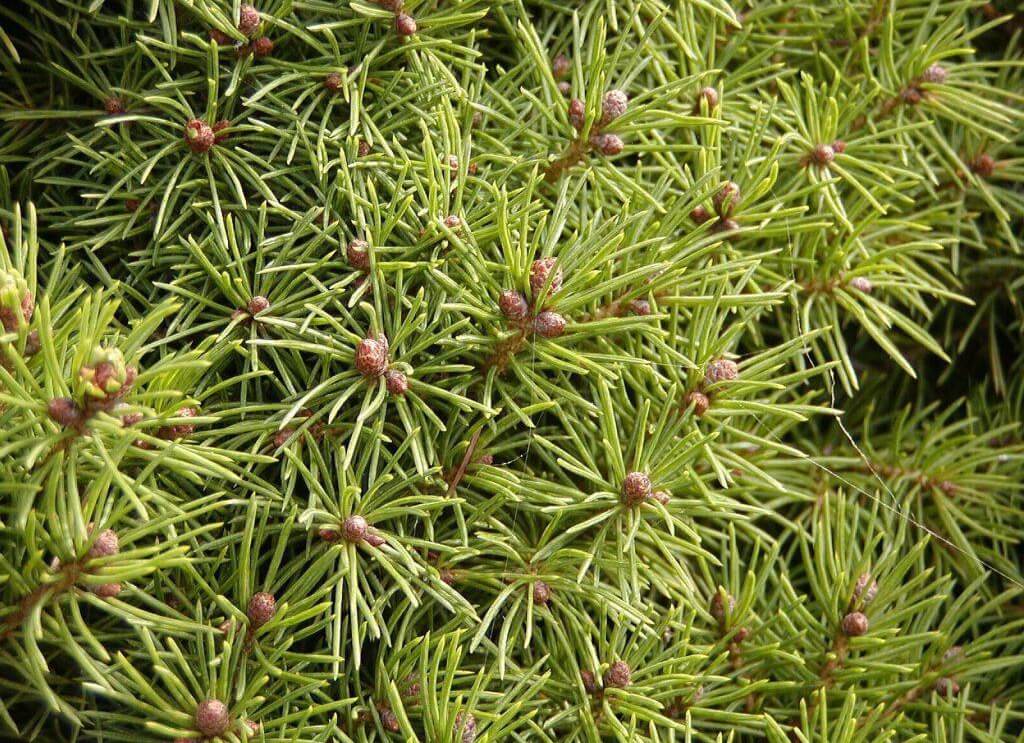 |
 |
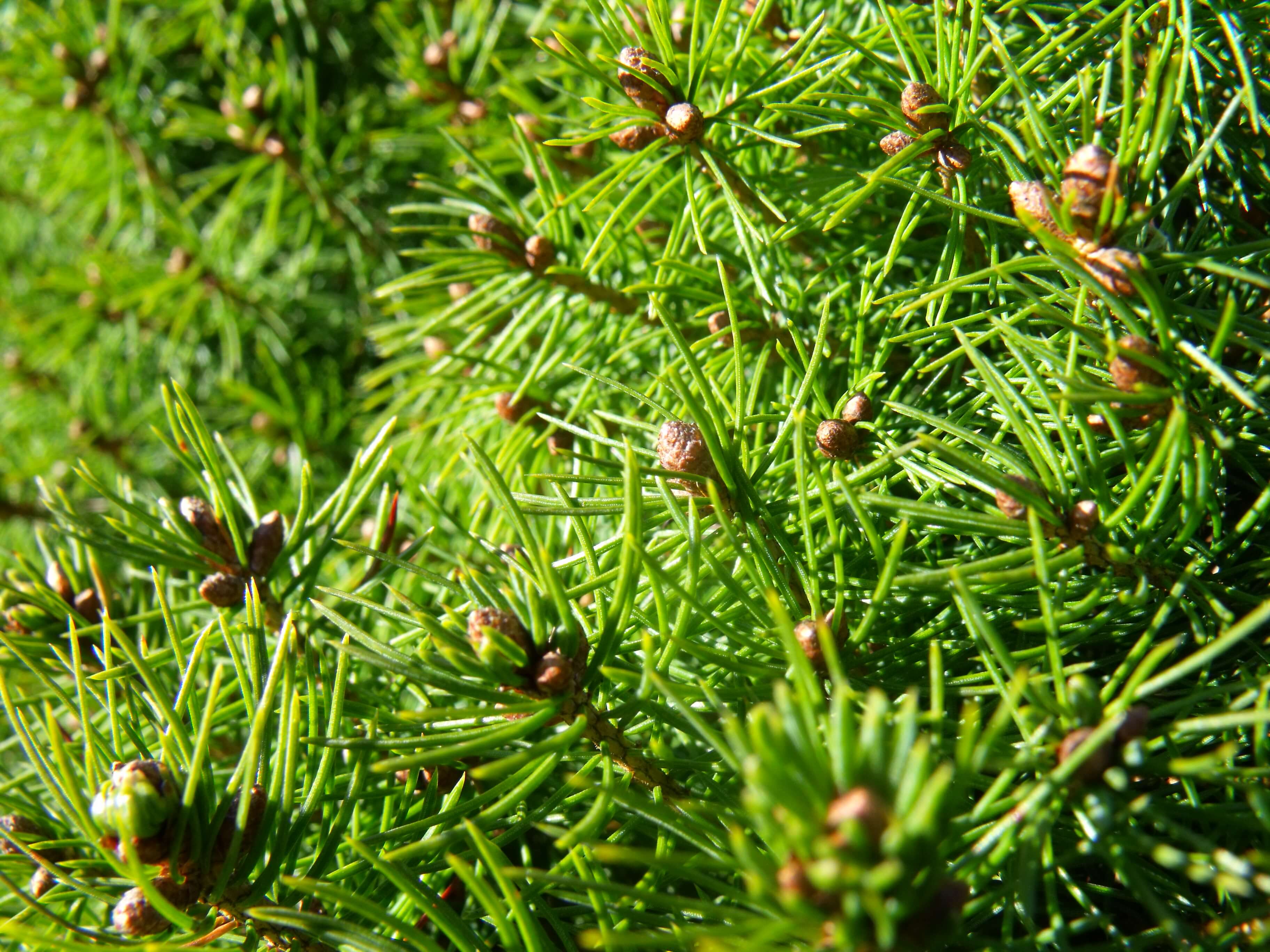 |
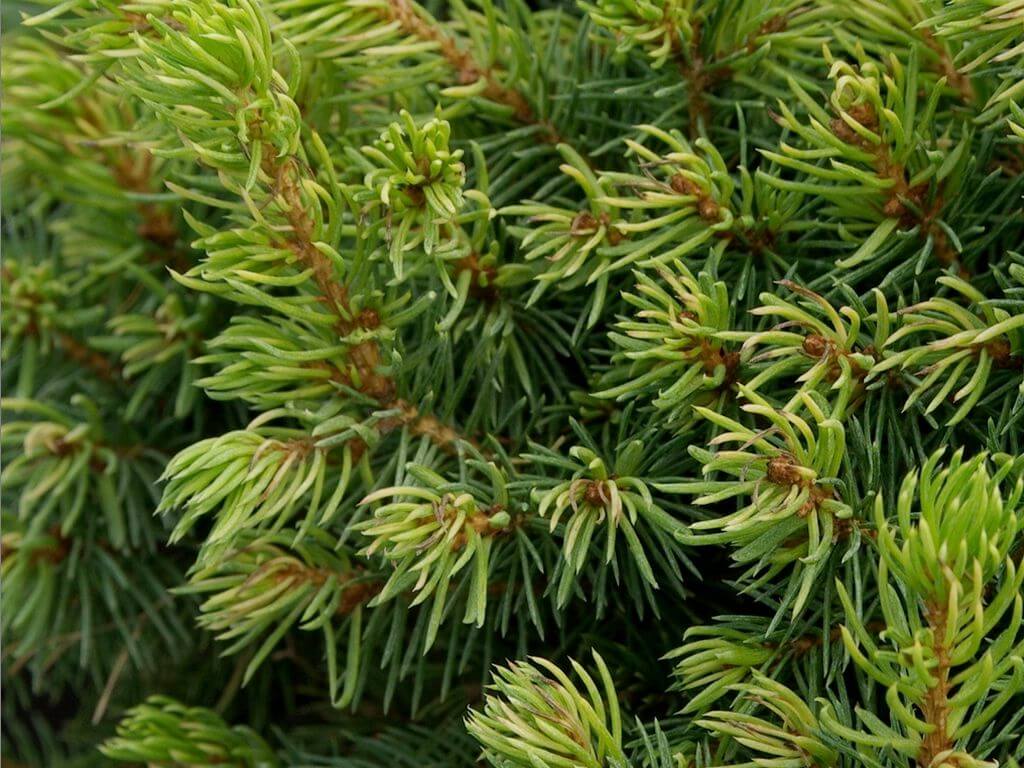 |
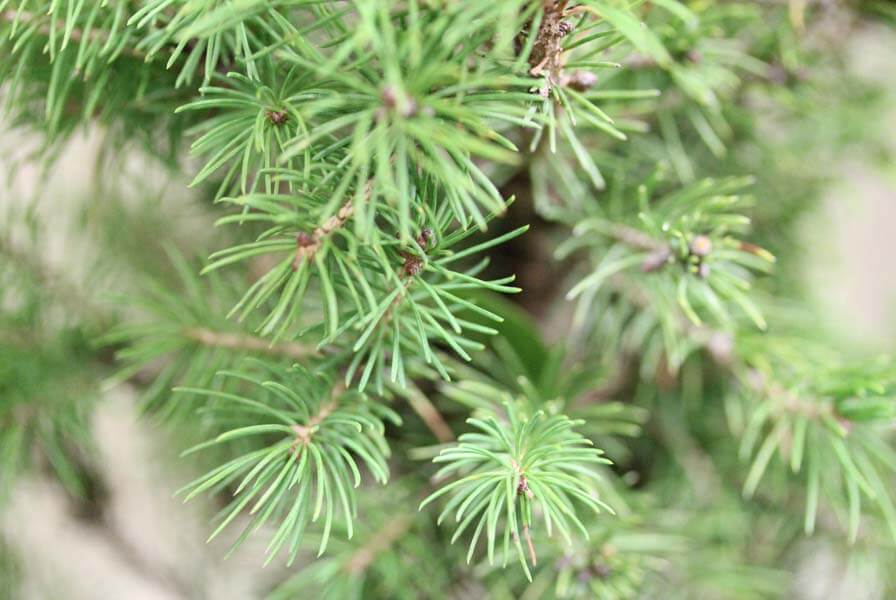 |
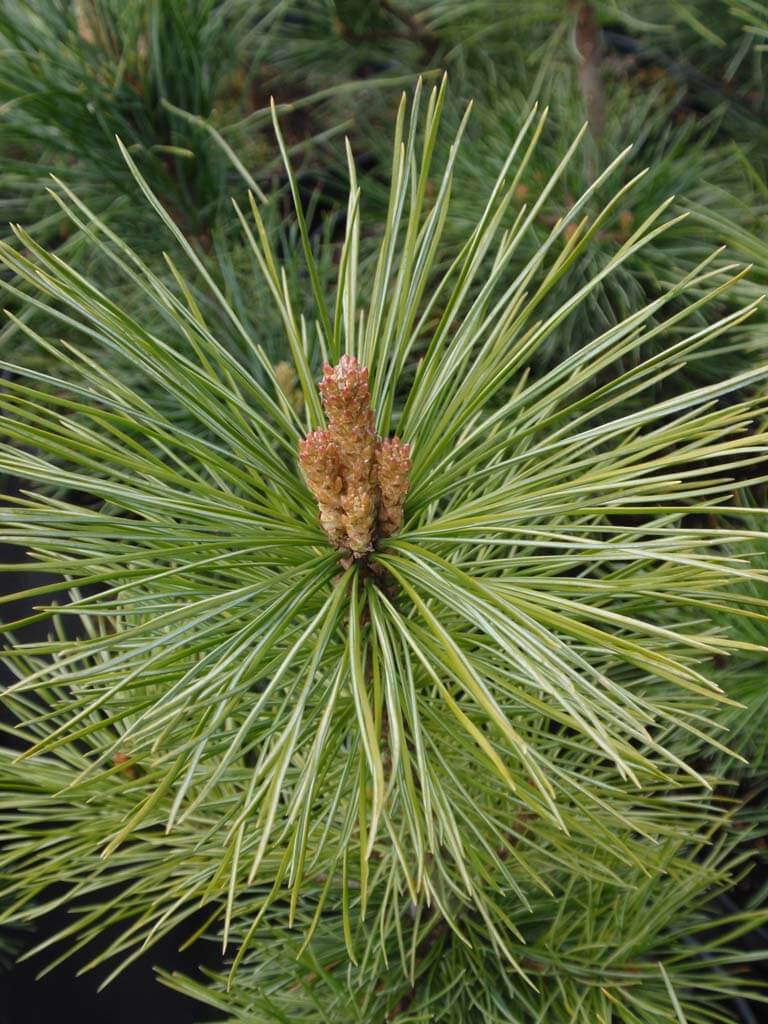 |
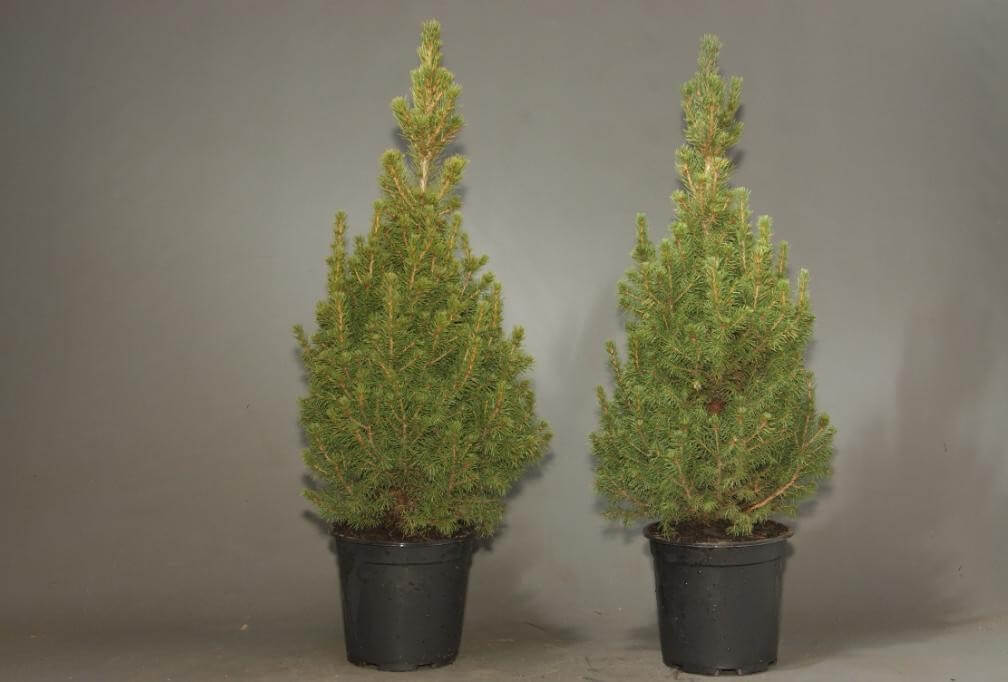 |
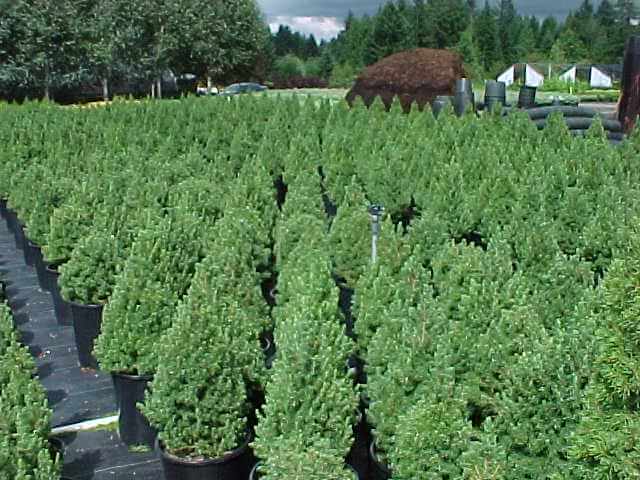 |
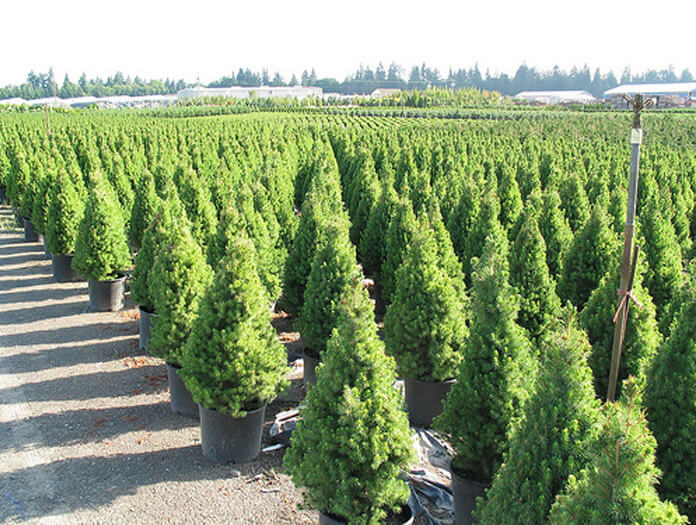 |

